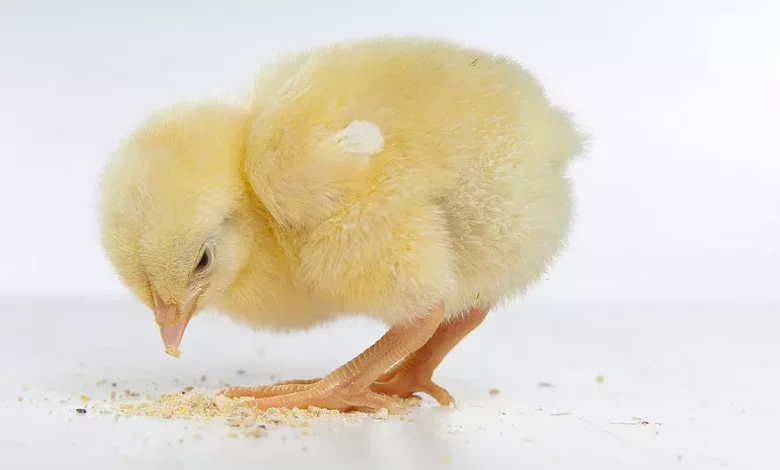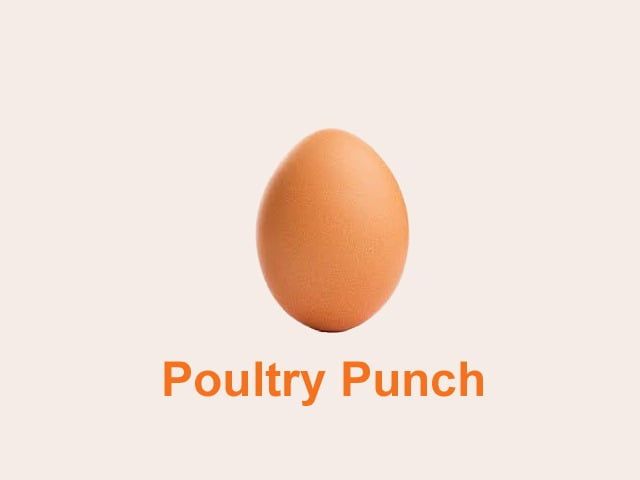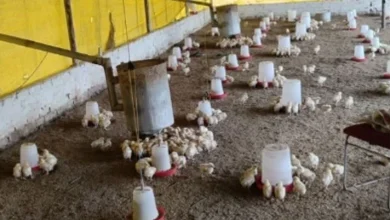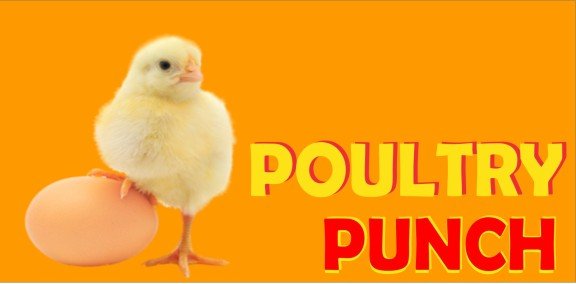Mycotoxins and poultry production

Mycotoxins and the damage they do to Poultry is not easy to Understand.
Dr. S.K.Maini Gen. Manager (Technical) Vesper Group, Bengaluru.
Prevalence of mycotoxins and their risk in Poultry varies between regions, countries and cities, depending upon the environment , agricultural practices followed and the transportation and storage conditions maintained.
The poultry production industries regularly suffer from a complex situation, uncertain end products market and non-remunerative rates for their produce, leaving the farmers with insufficient funds to buy quality feed ingredients, leading to feeding of substandard items and inviting trouble.
Many Scientists, Experts, Veterinarians and Farmer’s will not agree with me, but the fact is , more than 85 % of the field problems in poultry industry today, that are often diagnosed (rather mis-diagnosed) as viral, mixed infections, mal-nutrition or deficiencies mis-management, or blamed as poor chick quality with genetic bias, are in fact all related to the presence of various co-existing multiple mycotoxins and/or their metabolites in the feed ingredients and the feed being used and the consequent damage done and confusion created.
These mycotoxins and their metabolites when ingested, first damage the GI tract, from beak to the cloaca, mycotoxins interfere and impair the rapidly dividing cells lining the GI tract responsible for its repair and integrity leading to increased permeability, intestinal inflammation leading to loose droppings, birds feed intake may or may not reduce, presence of mycotoxins also alter the microbiological populations present in the GI tract, then unwanted feed items like the toxins, mycotoxin metabolites, tannins, endotoxins, bacteria, viruses and parasites pass through the damaged GI tract into the blood, disturb the metabolism, enzyme and hormone production by causing damage to the liver, kidneys, pancreas and several other organs, this damage is continuous, simultaneously cause, hematotoxicity, neurotoxicity and immuno-suppression etc., resulting in vaccine failures, reduced blood flow to the extremities like comb (shrunken combs) and feet leading to leg weakness and paralysis, poor disease prevention and control, increased mortalities, loss of egg production, less than optimum overall performance and financial losses to the farmers/producers, simultaneously giving opportunities to unscrupulous business houses and companies to promote their products and make money.
The signs, symptoms and lesions picture of damage done in the flocks is always changing, as the situation is dynamic, the fungal spores, the fungus and the already produced mycotoxins and their metabolites, keep increasing/changing, depending upon the prevalent environmental conditions and the preventive action taken.
The negative effects, damage and susceptibility to different mycotoxins also differs in bird species, with their age, sex, level of production and activity, duration of contaminated feed ingestion etc.. Like Turkeys and Ducks are more susceptible to aflatoxins than the chicken, the drop in egg production that we see in the layers and breeders will not be their in the chicks and growers.
Recent multi-mycotoxin surveys conducted worldwide by various multinational companies, indicate that mycotoxins do not occur individually and co-contamination of feed ingredients by more than one mycotoxin is the rule rather than an exception today.
The DSM World Mycotoxin Survey 2022, reported a total of 850 samples tested from 39 countries. It was reported that 9.6 out of 10 samples were contaminated with Fusarium toxins. 98 % of the samples tested contained 10 or more (multiple) mycotoxins and their metabolites.
Kemin 2021 – 22, evaluated 198 corn samples for mold species. Since harvest, the most common mold found was Fusarium spp., and 97% of the corn samples submitted for testing had Fusarium mold and their related toxins.
A Seven-Year Survey of Corn Grain and Corn Silage in the United States reported simultaneous Co-Occurrence of 35 different Mycotoxins.
Alltech – 2022, analysis assessed mycotoxin risk in Europe, and opined that drought conditions contributed to high levels of mycotoxins in grains leading to 100% of the collected samples containing mycotoxins.
BIOMIN Mycotoxin Survey stated Risk is extreme (high) this year in Southeast Asia and East Asia compared to the risk during same time period of last year, also reported abundance of Afla, ZEN, DON, FUM and T-2 toxin in the feed ingredients tested.
Maize (Corn) stays heavily contaminated worldwide, with very high level of Fusarium toxins (FUM 90%, DON 80%, ZEN 71%) and high average concentrations of these three mycotoxins (FUM 1,824 ppb; DON 1,041 ppb and ZEN 234 ppb). Co-occurrence of the mycotoxins is also very high, 94% of all samples contained more than one mycotoxin and its metabolites.
From a global perspective the Fusarium mycotoxins – trichothecenes, T – 2/ HT-2 toxin, deoxynivalenol, fumonisins and zearalenone are most frequently found mycotoxins in several feed ingredients and the finished feeds, ranging between 50 to 90 % of the feed samples tested.
Please note no such extensive survey has been conducted in India till date , to monitor the extent and presence of the mycotoxins and their metabolites and the damage they do to the poultry producers. We do not have adequate facilities and well equipped laboratories to regularly analyse and moniter this situation, that causes damage worth crores of rupees every year, making the poultry sector inefficient and non profitable.
Then there is a group of emerging mycotoxins, that are not often analyzed or regulated, and no one knows how to reduce or control them. Given below is a partial list of the emerging mycotoxins.
Another group of mycotoxins that needs to be seriously looked into are the masked mycotoxins, the below given list, gives details of a few of them.
Sub-Clinical mycotoxicocis is another problem difficult to identify, diagnose and treat, and equally difficult to convince the farmers of their presence.
Adding a toxin binder in the feed, will take care of the mycotoxins related problems, is a common belief/myth among the farmers and the Veterinarians, Nutritionists and the Consultants. This is not true.
Toxin Binders mostly used in poultry are of the following types.
– Clay Type.
Phylosilicates are commonly named “clays”, which are broadly defined as mineral components with a diameter less than 2 μm. The most common used clays for animal feeding are smectite, kaolin, talc, sepiolite and atapulgite. The latter are classified according to structure and mineral composition. They normally show laminate structure, except sepiolite and atapulgite, which are pseudo-laminate or tubular.
– Non-Clay Type
There are non-clay based silicates, such as zeolite (tectosilicates), diatomea sand (from organic origin), perlite and vermiculite (from volcanic origin), are also used as toxin binders. Indirectly, such molecules are able to bind the toxins’ reactive polar groups, therefore avoiding their diffusion into the medium.
POLYSACCHARIDES : They are glucomannanes components obtained from the structural wall of yeasts. Their surface is very reactive against active mycotoxin groups and improves the animal’s immune system. Natural compositions present a huge capacity for resistance to digestive degradation; therefore bonded mycotoxins are not reabsorbed inside the animal.
ENZYMES : Oxidases, catalases, lactonases and sterases can all potentially reduce mycotoxins to inactive forms. Unfortunately there is only a small amount of scientific literature to prove their efficiency.
OTHER ADSORBENTS : There are certain distinct absorbents capable complexing molecules with phenol rings, and acid or alkaline toxin complexes such as mycotic toxins, thanks to the reactivity and amphoteric properties of their molecular structure. Some of the latter molecules can be especially effective against toxins of bacterial origin, e.g. botulinus toxin. All the above components are able to significantly reduce the mycotoxin concentration in feed.
Additionally, it is recommended to include antioxidants and hepatic protective elements (organic selenium, vitamin E, ascorbic acid, glutathione, methionine and cystine, etc.) in order to minimize the residual toxins’ negative and toxic impact.
A combination of all the above mentioned in sufficient quantity will give better results than if used alone. Regular monitoring of the mycotoxins in relation to the season, storage and environmental conditions be done.






